Happy 90th anniversary to the 1st Planetarium in the US!
Today, May 12th, 2020, is the 90th anniversary of the 1st planetarium built in the United states. The Adler planetarium was built in Chicago back in 1930 as a “classroom under the heavens” for astronomy education. Built to display an accurate representation of stars, planets and their movement, the planetarium has evolved into a digital immersive theater that can not only display an accurate nighttime sky but can take audiences pretty much anywhere, from a flight through the 5 mile deep Valles Marineras canyon on Mars to an aliens’ eye view of our Milky Way galaxy. Learn more about the history of planetariums with this 8 minute video by the American Museum of Natural History and then come back to learn about our very own planetarium, The Omnisphere Theater.
Our very own planetarium which we call The Omnisphere Theater has been an integral part of the Coca-Cola Space Science Center since it was built in 1996. With its 50-foot diameter Astro-tec dome on a 10 degree tilt, it can seat 120 people. Since 1996, most of those seats have been occupied by students from the Muscogee County School District. Through a unique partnership, every 4th, 5th and 6th grader in public elementary school experiences our planetarium, and are being exposed to the wonders of the universe!
Like the Adler, and most other planetariums, we have upgraded our projection system a few times. If all you can remember is a big mechanical dumbbell looking contraption in the center, I urge you to visit again when it is safe to do so. While the optomechanical projectors display a fantastic nighttime sky, the new digital systems can do so much more. There are a few planetariums that still use both. The Omnisphere utilizes a full-dome digital system that displays full color video at 30 frames per second allowing for a very unique immersive experience. Our system allows for a variety of content like our popular Music Under the Dome series which combines live performance with custom created dome content. We can also fly through the Digital Universe, an accurate 3-D atlas of the observable Universe developed by the American Museum of Natural History’s Hayden Planetarium.
It is still fascinating that with all of human’s instruments detecting the observable universe, the resulting data only accounts for a small percentage of what is out there. I look forward to new discoveries and sharing them with our audiences, a task planetariums are uniquely suited for. It makes me wonder how many future astronauts, astronomers, and physicists we will inspire just as the Adler and other planetariums have.



